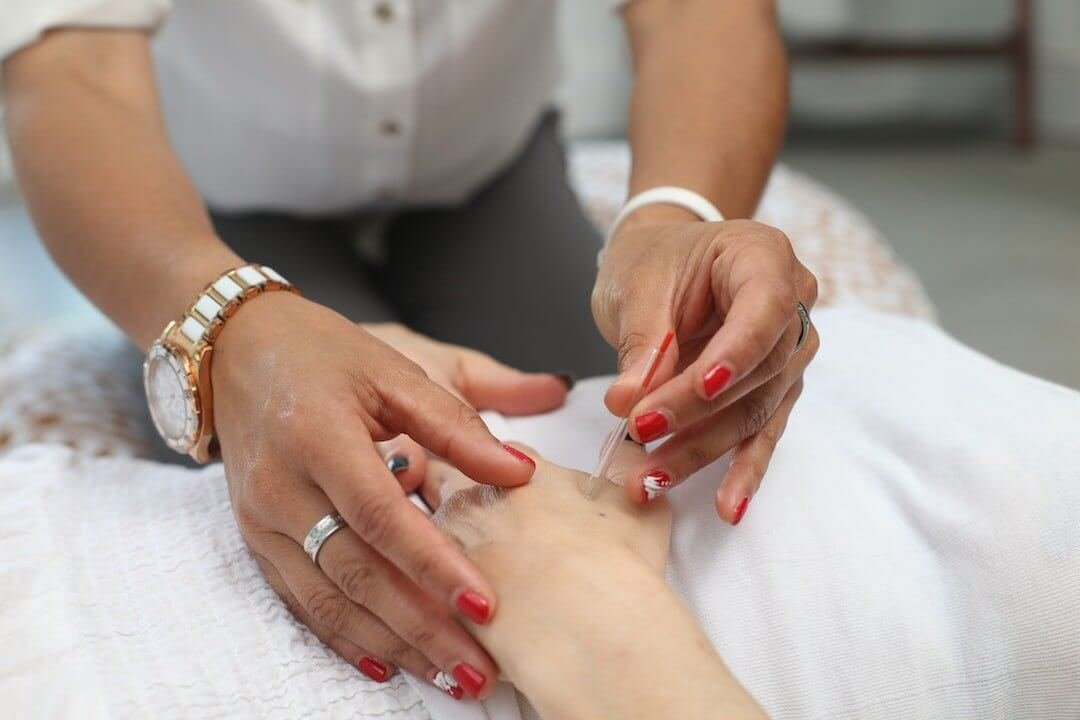What is the difference between acupuncture and dry needling?
The photo accompanying this post depicts a person doing acupuncture, and dry needling—just not that kind of dry needling.
When contrasted with wet needling, dry needling uses solid needles that do not inject a substance into the body whereas wet needling uses hollow needles that do. In this sense, acupuncture is dry needling. The term “dry needling,” however, is also used in contrast with acupuncture.
In distinguishing acupuncture from dry needling, it is not enough to say that dry needling uses points whose locations are determined based on biomedical anatomy. It is not even enough to call these points “trigger points.” While “trigger point” is a modern term, it is not a modern concept. Not only is there overlap between a number of trigger points and acupuncture points, but even when there isn’t, trigger points might still be used during an acupuncture treatment as āshì points, or points of tenderness that do not coincide with designated acupuncture points. Both acupuncture and dry needling require an extensive knowledge of biomedical anatomy.
Rather, dry needling is best distinguished from acupuncture by saying that it does not utilize the system of acupuncture channels (intentionally, at least), and that the needles are removed after a shorter period of time, during which they are manually manipulated for muscular release. Acupuncture, on the other hand, has broader effects and tends to be relaxing.
In sum, acupuncture doesn’t only treat muscular conditions, and it might not only involve acupuncture: There's a good chance your acupuncture treatment will involve a nap.

